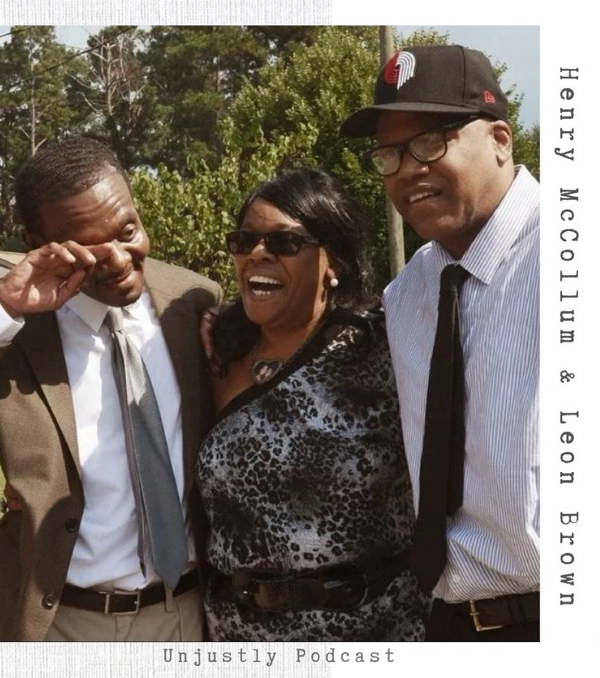We’ve all heard about unsolved cases. The offender is never caught, and justice is never served. Years and decades later, these cases still remain a mystery. While unsolved cases are frustrating, incorrectly solved cases are just as perplexing. If a person is wrongfully convicted, they may have to spend years, decades, or perhaps their entire life in prison for a crime they didn’t commit.
This blog will take a closer look at some of the most bone-chilling wrongful convictions in the US. What went wrong? Why were innocent people imprisoned for crimes they didn’t commit? Where did the justice system go wrong? If you’re in a similar situation, we’ll redirect you to a criminal defense attorney who can provide the representation you need.
1. Henry McCollum and Leon Brown
Perhaps one of the most alarming wrongful conviction cases, the North Carolina case of Henry McCollum (19) and his half-brother Leon Brown (15) baffles people to this day. Both men were charged with the death of an 11-year-old girl, Sabrina Buie.
Henry was intellectually challenged, which made him an easy target. When suspicion fell on him, his behavior was used against him to wrongfully prove his guilt. Leon was also mentally disabled and, like his brother, it was used against him. In addition, the prosecutor fabricated evidence while ignoring other evidence that would prove that they were innocent.
The police interrogated the boys for hours and forced them to provide false confessions. The boys retracted their confessions later, but it was too late; they were sentenced to death. The McCollum brothers spent 31 years in jail. However, in 2014, they were exonerated based on DNA evidence and awarded $75 million in combined damages.
2. James Richardson
Losing a child is difficult enough. However, losing seven children and being wrongfully convicted of murdering them is a different kind of pain that’s very difficult to put into words.
In 1968, James Richardson and his wife, Anne, left for work picking oranges in a Florida orange grove. They asked a neighbor, Betsy Reese, a nurse, to babysit the children, but when the kids returned to school, they looked visibly sick. They were sent to the hospital and eventually died from poisoning.
There was no physical evidence tying the Richardsons to their children’s deaths at the time. However, James Richardson was tried and sentenced to death, serving 22 years in prison until 1989. Betsy Reese, an Alzheimer’s patient, had confessed more than 100 times that she had poisoned the children. The confession promoted a reevaluation of the evidence and Richardson was later proven innocent at the age of 53 and finally freed.
3. Darryl Hunt
In 1984, 19-year-old Darryl Hunt was sentenced for the rape and murder of a woman, Deborah Sykes, in North Carolina. His girlfriend provided a strong alibi. However, she changed her statement when she was arrested for larceny. She retracted her statement later in court, but the prosecution used it regardless.
After spending 19 years in prison, Hunt was finally set free in 2004 after DNA evidence failed to tie him to Sykes’ murder. Instead, it matched the DNA of Willard E. Brown, who later pled guilty to the crime. Hunt later founded the Darryl Hunt Project for Freedom and Justice. Tragically, he took his own life in 2016.

Looking for an effective criminal defense attorney? Attorney JL Carpenter is an experienced, detail-oriented, and qualified criminal defense attorney in the Greater Houston area, serving clients in Friendswood, Clear Lake, Pearland, and surrounding cities.
Her practice areas include DWI, BWI, domestic violence, family violence, drug possession, and wrongful convictions, among others.
Click here to schedule a consultation. Not sure if she’s the right criminal defense lawyer for you? Explore her track record for more insight into her success rate.
